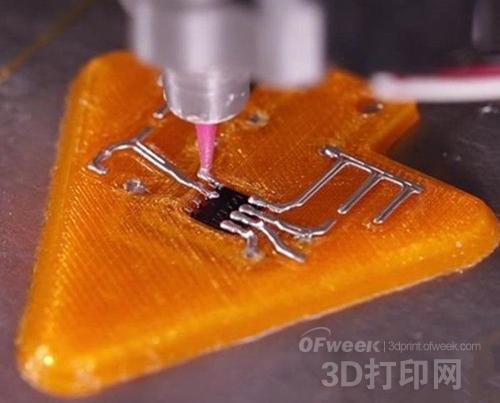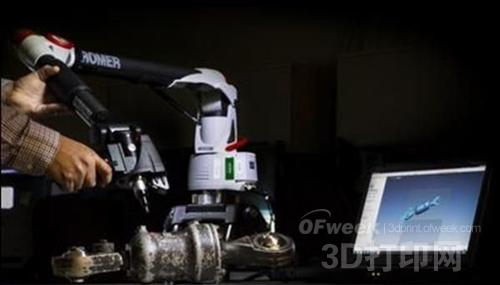The multi-material hybrid 3D printing method can create a product with different properties without assembly, and the purpose is to improve efficiency by reducing the steps of manufacturing the product. Compared to single-material 3D printing, it can manufacture products with multiple functional or physical properties at once, without the need to assemble the various components.
Multi-material hybrid 3D printing technology accelerates the introduction of products with increasingly complex components to the market, and accurately calculates the amount of raw materials needed, reducing production waste. In the fields of flexible robots, lightweight structures and flexible electronic devices, multi-material hybrid 3D printing technology is setting off an unprecedented revolution.

The active hybrid multi-material 3D printer developed in the United States paved the way for full 3D printing of wearable devices and electronic devices that actively integrate different materials and properties, including flexible and wake-up materials as well as conductive and non-conductive inks, etc. And for the first time printed embedded conductors, wires, batteries, etc. on ordinary collective materials for 3D printing. It is understood that the previous 3D printing technology has many unresolved multi-material integration problems, namely how to achieve seamless and precise transition of flexible materials, rigid materials and electronic circuits without stopping the printing process, etc. These problems have been solved in one fell swoop, bringing new possibilities for the development of flexible robots and wearable electronic devices.
Recently, MIT has developed a 3D printer that can print 10 materials at a time, which has attracted the attention of the US Department of Defense. This printer can not only mix and print a variety of materials, but also can be used to integrate complex electronic devices, circuits and sensors. Etc. directly implant the object.

Flexible electronic devices, wearable sensors and the like have extremely high military application value. The survivability of electronic equipment under extreme conditions is important for the Air Force to perform routine and special tasks, and the creation of soft electronic equipment can extend the life of critical equipment that is often exposed to high vibration and extreme temperature conditions, especially on aircraft. The stability of the weapon system. The direct multi-material hybrid printing and implantation capabilities of 3D printers enable the incorporation of complex electronics directly into the original printing device, eliminating the need for manual assembly and greatly reducing cost and waste. In addition, in addition to military applications, this technology is also promising in flexible robotics, general medical or consumer applications.
Multi-material hybrid 3D printing technology is still being explored, but it can be seen that this ability to integrate different materials and properties into printed products will be the next frontier of 3D printing technology.
Highly illustrated and detailed, these two colorful models depict 14 Primary channels, 361 acupoints and 48 extraordinary acupoints on the right side, along with "CUN" markers for easy evaluation of distances between points. The left side is a subcutaneous view providing an invaluable look at the neural distribution, artery, vein, blood vessel and muscular structures. The left side also depicts upper and lower extremity "Extra" point not located on the Primary channels. Suitable for teaching and learning of Chinese medicine, acupuncture and massage etc. Copper color acupuncture model is available.
Acupuncture Model,Acupuncture Point Model,Human Acupuncture Model,Acupuncture Human Body Model
Xinxiang Vic Science&Education Co.,Ltd. , https://www.hnlaboratoryequipment.com